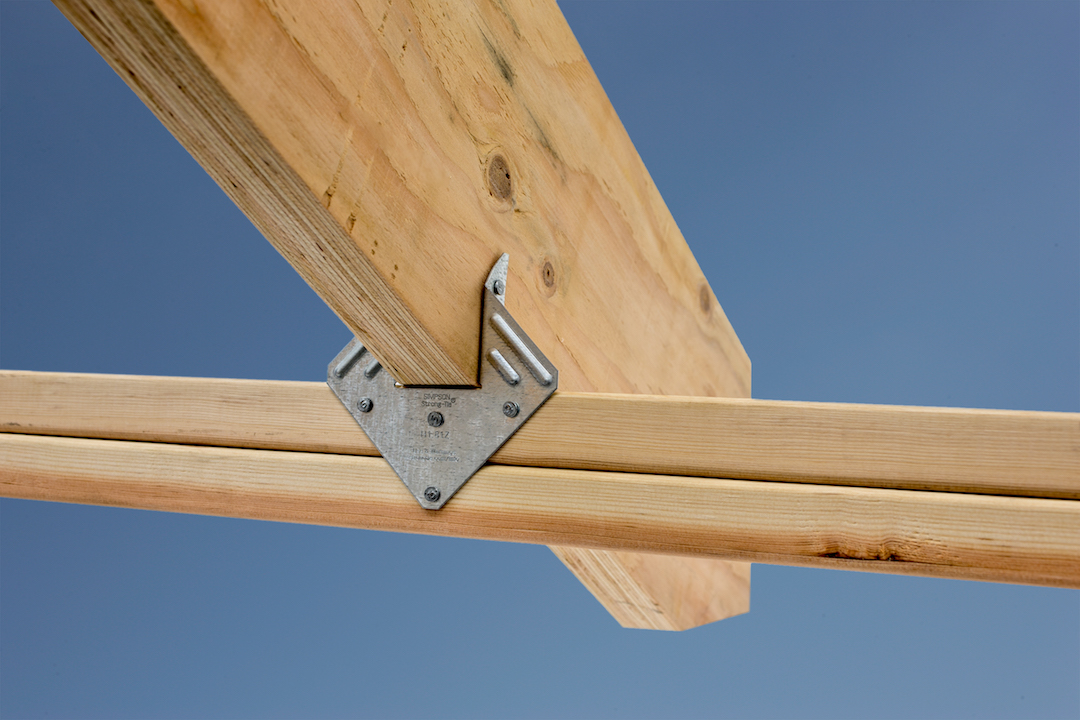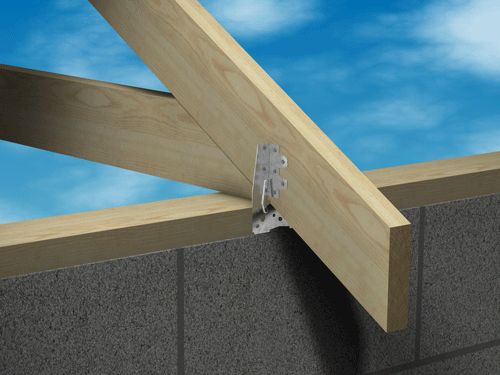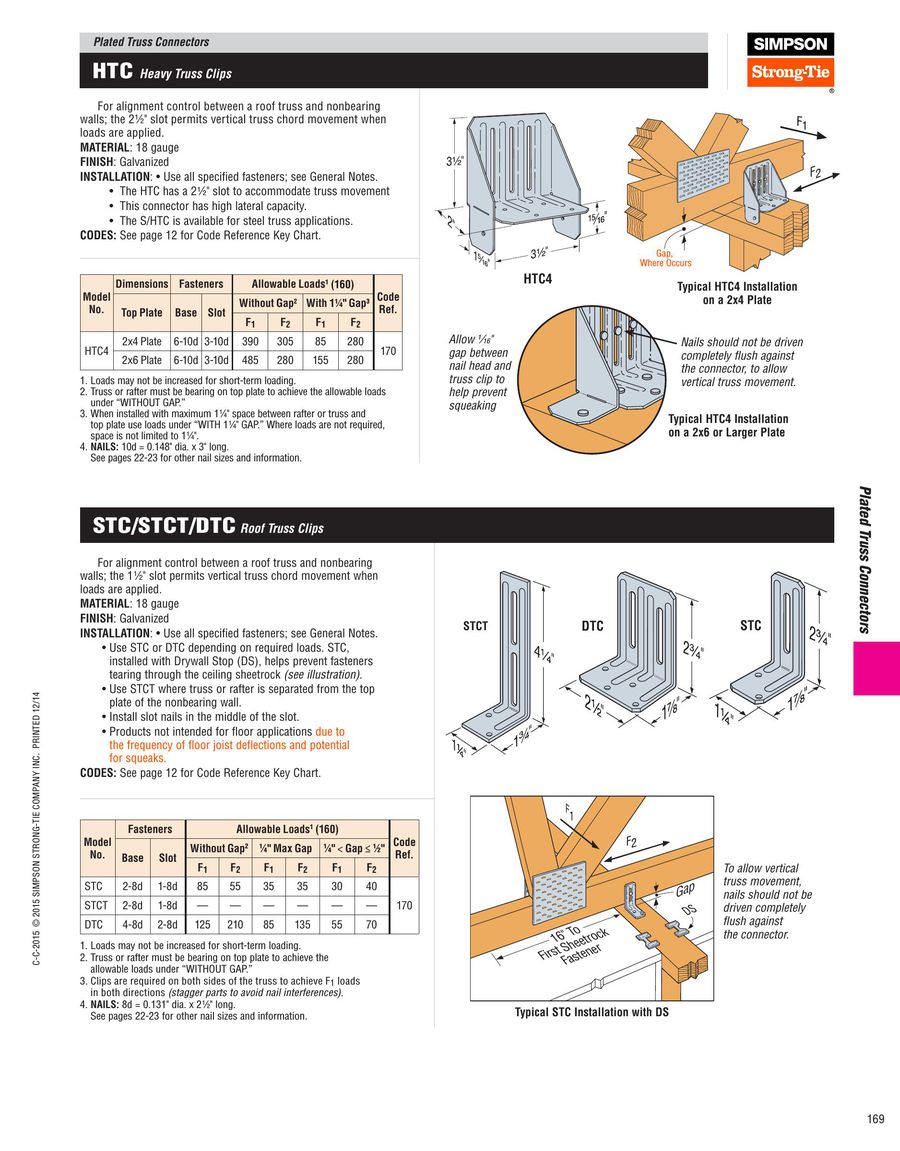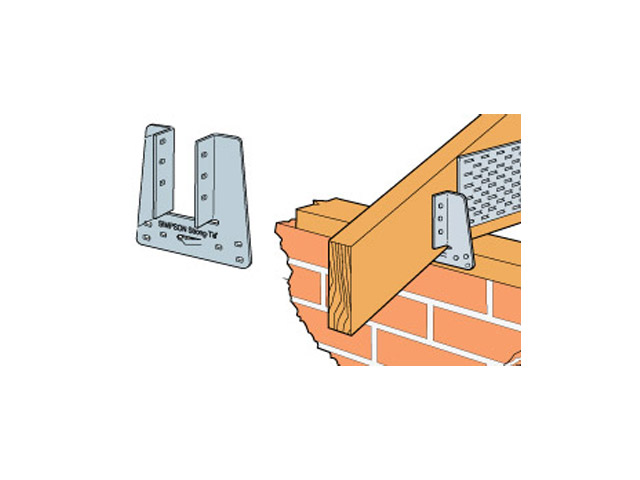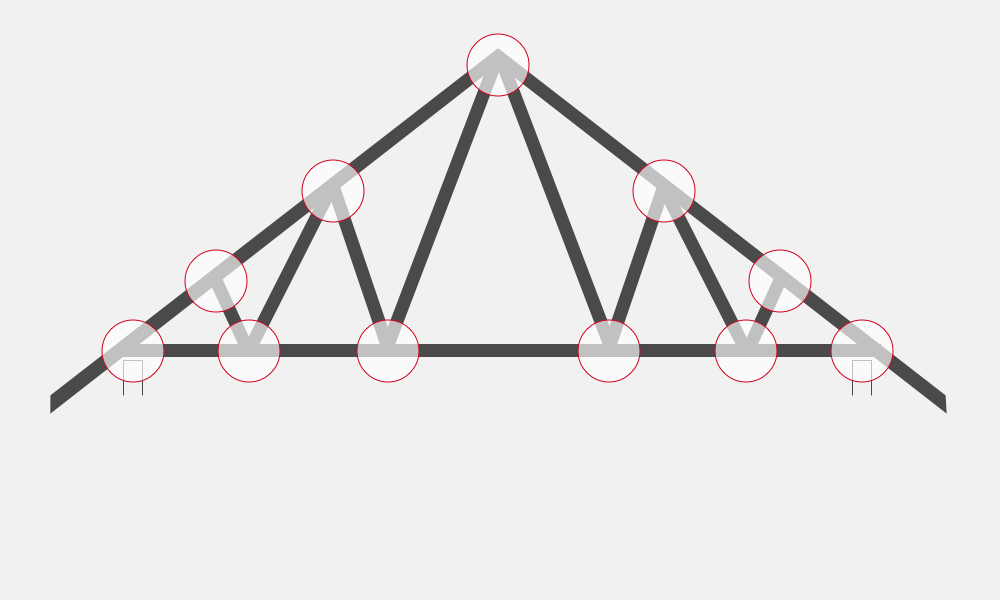Fitting Roof Truss Clips

How to install hurricane straps to a roof.
Fitting roof truss clips. This product s information may differ depending on the category of use. Climb a ladder near the corner of your roof and tape the end of your tape measure against the rafter using duct tape. Our third nail system is significantly stronger than the dual nail roof truss straps systems typically used and as a result will save you 25 to 30 percent on your homeowner s insurance premiums. As strange as it sounds roof trusses are designed to move as a unit to maintain the structural integrity of the roof.
Insert the pre cut structural blocking to fit securely between the underside of the floor ceiling joist or roof trusses. Using 8 minimum self drilling screws secure the blocking to steel framing of 8d nail to wood framing using the pre punched holes. Insert a 6 cm 3 1 2 inch nail through the truss base where it sets on the wall plate. You are currently viewing details related to truss clips you can also view product information related to the category.
These clips work by further strengthening the bond between the roof and the walls of your house so the roof does not blow away in a hurricane. They are relatively inexpensive and if you want to install them by yourself then they just require a little bit of care and attention. Roof truss and rafter connectors ties and straps for cold formed steel construction. They are able to withstand winds of more than 100 miles per hour.
Insert an additional nail on the opposite side of the truss adjacent the previous nail. Part 1 preparing your roof to be secured. Hurricane roof clip installation hurricane tie down installation roof truss strap installation wind mitigation inspection. The easiest way to install hurricane straps is during the construction of the home.
Fluctuating temperatures and humidity can stress the truss. Pull the tape measure along the length of your roof and climb up the ladder in the new position to take your measurement. Get off of your ladder and reposition it at the other end of your roof. Drive the nail through at an angle beginning the nail 5 cm 2 inches up from the bottom of the truss.
In such situation framing anchors or truss clips should be used. It is strongly recommended that for trussed after roofs the truss clip is used whether or not it is specified on the drawing. Skew nailing through the connector plate at the heel invariably results in splitting of the timber in the bottom chord.
.jpg)




